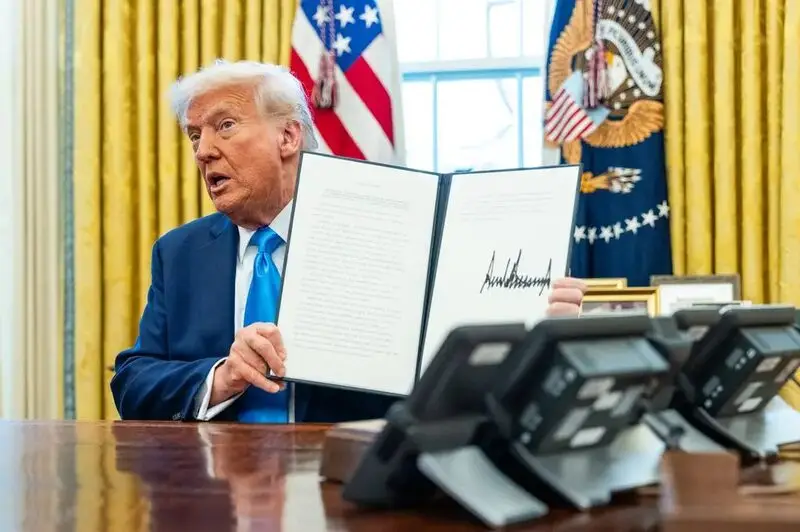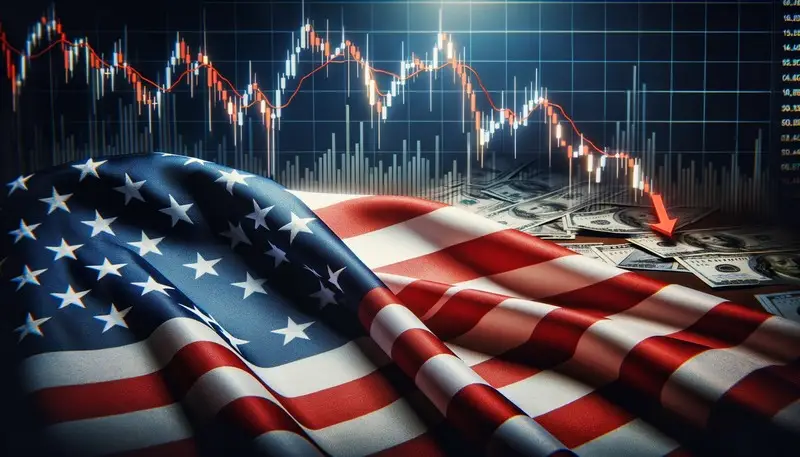There is no understating of the concern that is taking place within geopolitics this month. As the BRICS and US face-off, the latter is signaling an incoming recession with the potential impact of President Donald Trump’s 100% tariff plan looming large. Indeed, he had already instituted and delayed such import taxes on Mexico and Canada.
Now, the country is set to contend with China on implemented 25% tariffs. All the while, the United States is facing increased economic uncertainty across a host of sectors. Moreover, one key facet of its financial standing is showing evidence that a recession may be incoming.

Also Read: BRICS: Trump Tariff to Trigger Economic Crisis and Diplomatic Disputes?
BRICS Facing Tariffs and US Facing Recession as Geopolitical Tensions Grow
During his campaign for reelection, Donald Trump warned of 100% tariffs on BRICS nations. He justified the action as a way to preserve the US dollar, targeting a collective that has sought to settle trade in their local currencies. Yet he has since expanded that as he prepares to tariff Mexico, Canada, and others.
With the economic policy proving to be his weapon of choice, the United States economy is set to feel the effects. More importantly, as BRICS prepare to face those policies, the US is signaling a recession as those Trump tariff impacts loom large over the nation.
⚠️US hiring is at levels previously seen during recessions:
— Global Markets Investor (@GlobalMktObserv) February 5, 2025
US hiring as % of employment FELL to 3.2% in December, the 2nd lowest since the 2020 crisis.
The hiring rate sits below the 2015-2019 pre-pandemic average of 3.8%.
Similar trend was seen in 2001 and 2008 recessions… pic.twitter.com/8oaIyvogDf
Also Read: US Stocks: Which Was Hit the Hardest by Trump’s Tariffs?
According to data from Global Markets Investors this week, the US job market is flashing recession signals. Specifically, the Bureau of Labor Statistics data shows that the hiring rates as a percentage of total employment dropped in December. Specifically, the figure fell to 3.2%, its second lowest market since the 2020 COVID-19 crisis.
This drop is concerning. It places hiring well below the pre-pandemic 3.8% average that was present from 2015 to 2019. Additionally, it fuels the ongoing concern regarding a labor market that is cooling extensively. For so long, the Federal Reserve had used a thriving labor market to justify its interest rate cuts. Its slowdown could have dire consequences for an economy coping with much more nuanced issues.






